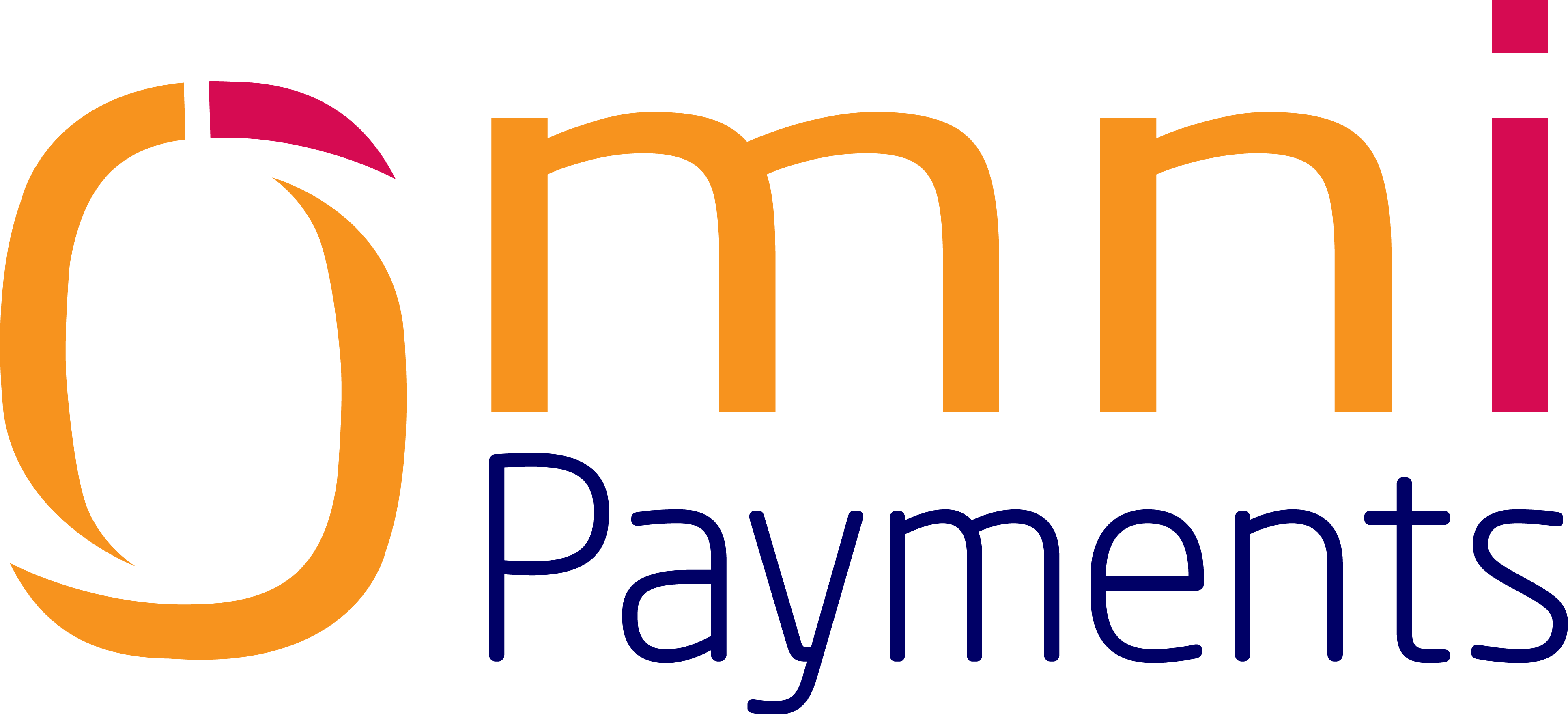Sending money to another country used to be slow and confusing. You would send the payment, wait many days, sometimes weeks, and keep wondering, where is my money, how much will it cost, and will it even arrive? Old systems needed many middle banks. Each bank took a fee, used poor exchange rates, and added delays. It felt more like paperwork than business.
Today things are different. Modern APIs (application programming interfaces) make cross-border payments much faster and clearer. With a few lines of code, companies can connect directly to global payment networks. They no longer need to build many banking relationships or handle complex setups.
The numbers show this change. By 2028, cross-border payments may be one-third of all global e-commerce. The market is growing more than 26% each year. It is not only about more payments, but also about speed, lower cost, and clear tracking.
How Modern Payment APIs Work
Think of the old method like mailing a letter through many post offices. Each one opened the envelope, checked it, took a fee, and sent it on. New APIs are more like a direct digital road from sender to receiver.
Companies such as Wise, Currencycloud, and Nium built strong systems to handle currency changes, rules, and checks behind a simple API call. Businesses connect once and these providers do the heavy work.
The Benefit of Single Integration
With modern APIs you connect one time and reach many countries. For example, Wise partners with big banks and offers 65+ licenses and fast links to payment systems. Around 63% of their cross-border payments finish in under 20 seconds.
OmniPayments adds another layer. Instead of choosing only one provider, their platform connects to many. They design and build full solutions so a company can move money through different networks with just one integration.
Examples of Leading Platforms
- Wise Platform lets banks give customers real exchange rates and low fees, while keeping their own brand.
- Currencycloud offers a “digital toolbox” for custom payment flows in 37 currencies across 180+ countries.
- Nium focuses on real-time payments to 190 countries, many in under 15 minutes.
More Than Just Plug-and-Play
Even with APIs, international payments still need careful work. You must follow different regulations, anti-money-laundering rules, and customer checks. Good providers hide this complexity but handle it all.
A big shift is the move to the ISO 20022 messaging standard, which allows richer data and better tracking. SWIFT is moving to this system through 2025.
Different Integration Models
- Remittance-as-a-Service: Companies like MoneyHop let others offer money transfer under their own brand without getting their own licenses.
- Marketplace Integration: WorldFirst lets online marketplaces give sellers local currency accounts and easy payouts.
- Banking-as-a-Service: Payoneer partners with software platforms so they can add global payment features.
OmniPayments’ Special Role
OmniPayments uses a Service-Oriented Architecture to connect with over 50 national and international networks. Businesses can pick the best route for each payment, —fastest, cheapest, or most secure, without extra coding.
They also support modern formats like XML, REST, and JSON, which makes it easy to work with new fintech apps. Security is strong with PCI DSS 4.0 compliance, encryption, and a FraudBlocker system to watch for suspicious activity.
Building a Strong Integration
Successful cross-border solutions start with clear needs. Payments for suppliers, consumer remittances, or employee salaries all have different priorities. Compliance must be planned from day one, know-your-customer checks, sanctions screening, and reports cannot be added later.
A flexible design is also key. As a company grows, it should be simple to add new currencies or providers without rebuilding the system. OmniPayments supports this with more than 300 secure APIs and modular design.
Looking Ahead
The future of cross-border payments is real-time networks between countries, central bank digital currencies (CBDCs), and even AI that chooses the best route for each transaction. Companies that adopt these technologies early will stay ahead.
Bottom Line
International payments are no longer a painful duty; they can be a competitive edge. The winners will be businesses that treat cross-border payments as core infrastructure and invest in strong, flexible integrations. Platforms like OmniPayments make this possible, letting companies move money across borders as easily as sending data across the internet.






